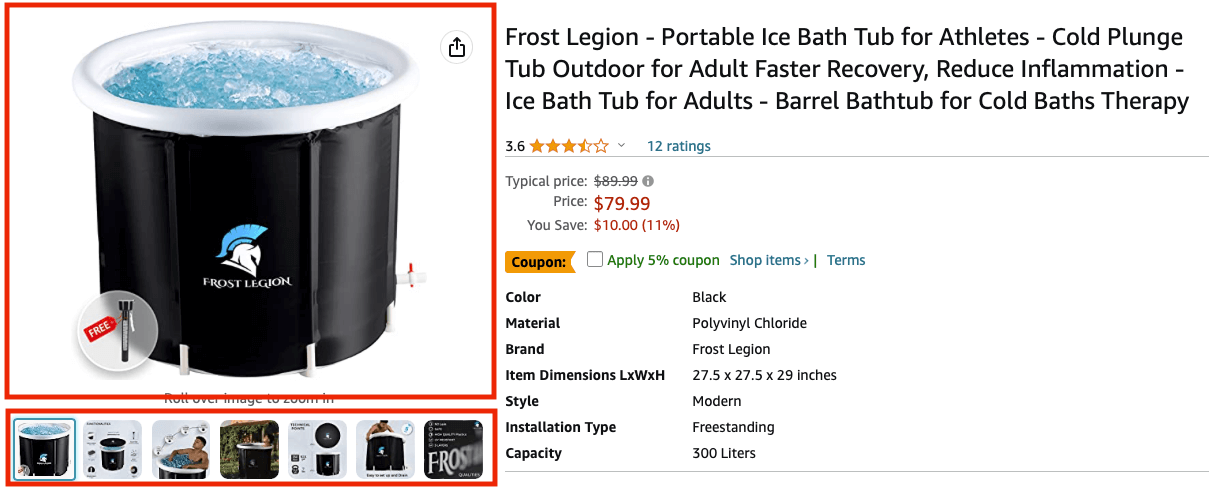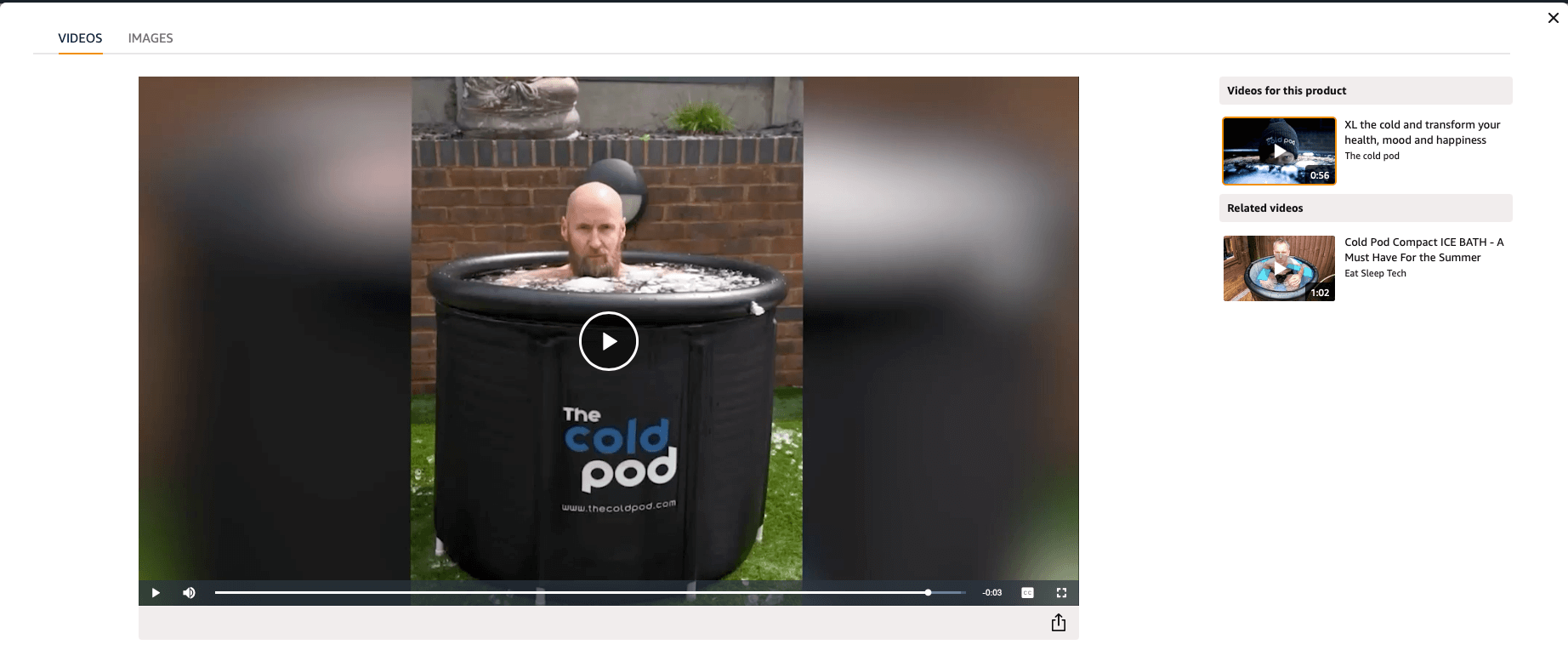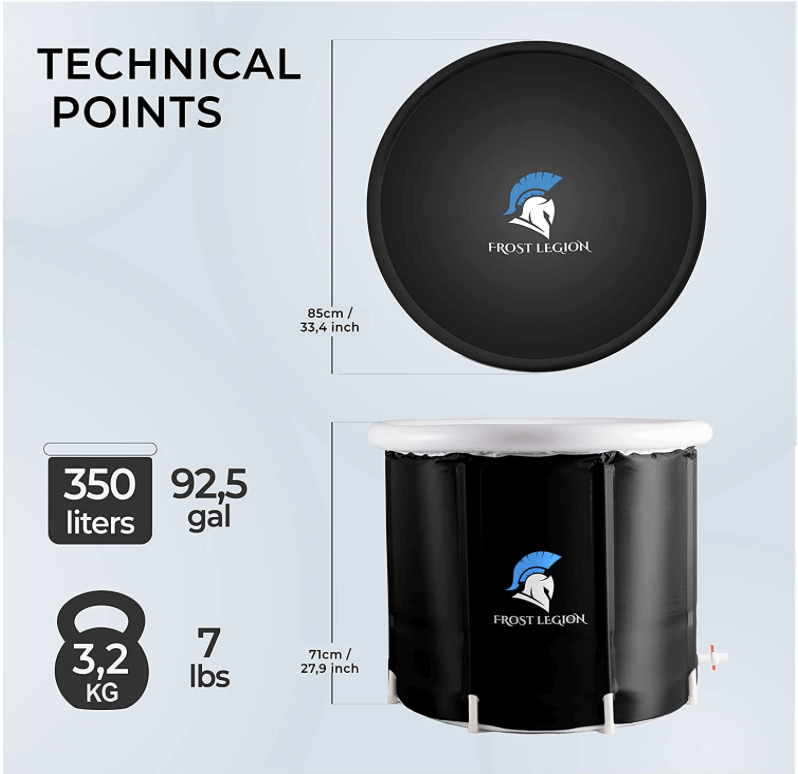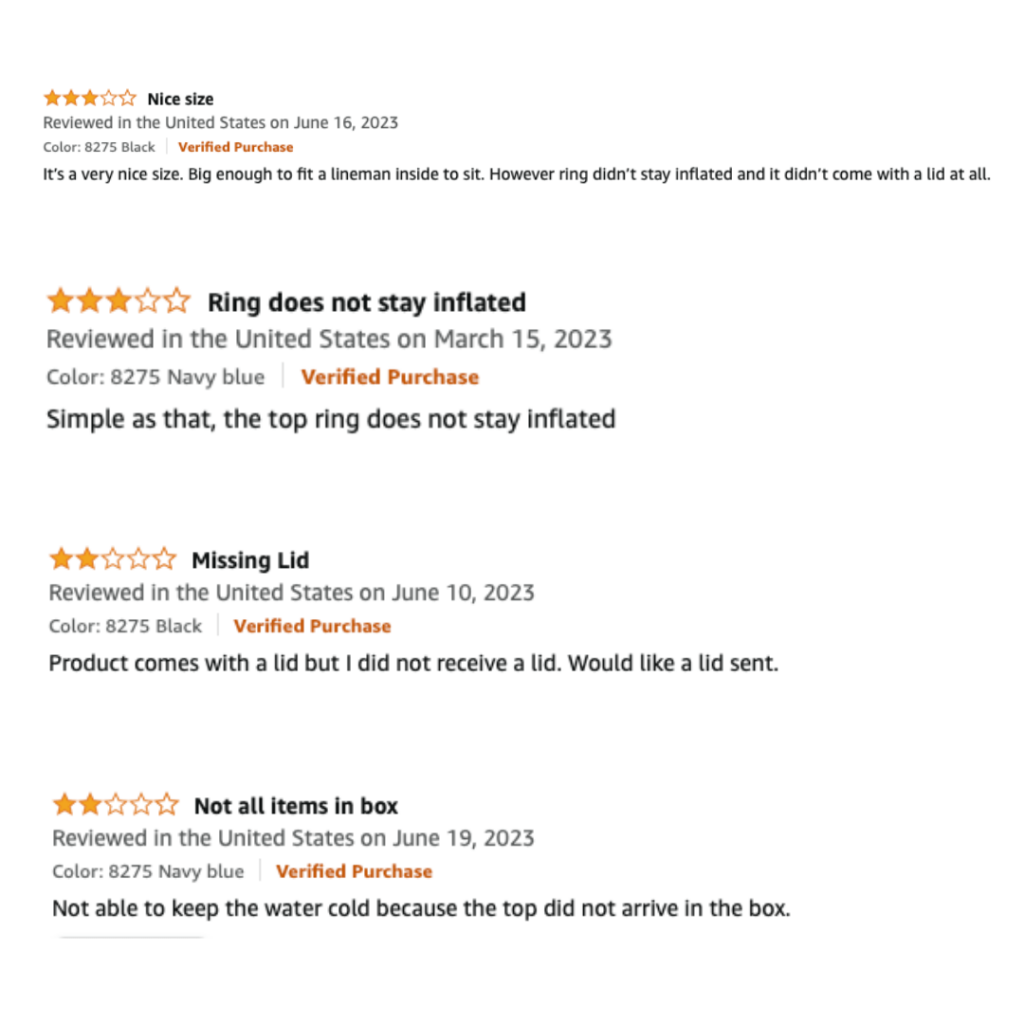There’s nothing more annoying for Amazon sellers than dealing with returns. But while a certain number of returns is to be expected, especially in some product categories, they can be costly.
As such, you’ll want to do what you can to lower your return rate.
Fortunately, there are several key things you can do to reduce the number of returns you get. In this guide, we’ll go over 11 of the most important.
TL;DR
- Amazon returns are to be expected, but too many returns can have a negative impact on your bottom line.
- There are several tactics you can use to lower your return rate, from improving your product listings to incorporating a sizing chart and using automated repricing software.
- Try to incorporate all of the strategies to prevent an excess of returns from hurting your profits.
Why Are Products Returned?
It’s frustrating, but it happens. A customer buys your product, and then a few days later, they send it back. Whatever you’re selling, from consumer electronics to fine jewellery, returns can always be a problem.
There are many reasons for product returns, from customer dissatisfaction to customers simply changing their minds. Sometimes, products arrive damaged, or the wrong product may be sent.
At other times, customers may receive something they were not expecting. For example, it may be a different size or material than what they thought they would be getting.
People cannot pick up products and hold them before buying them online. They can’t feel it, get a better idea of how large it is, or understand its quality. They might see the primary image, decide they want it, then realize they have made a mistake.
It’s your job to make it as easy as possible for them to know exactly what they’re getting, as well as provide an excellent experience, to reduce the number of returns you get.
Top 11 Ways to Reduce Amazon Returns
So, how can you go about reducing the number of Amazon returns you have to deal with?
There are several ways, and many of them come down to following good seller practices. Here are 11 of the most important, so put them into practice. Then you can stop dealing with returns so much and focus on other areas of your business.
1. Improve Your Product Description
First of all, you need a detailed product description.
One of the main reasons people return products is because they’re disappointed with a certain aspect of your product. It may not be your fault at all; you just might not have explained it clearly enough.
For example, if someone receives a product they thought was bigger or smaller, they might want to send it back—even if you never claimed it was larger or smaller than it actually is.
Size is just one detail you want to make very clear in your product description. Other things are dimensions, the materials used, and where it was made.
Don’t pack your product description full of fluff. Sure, make the product sound appealing, and use the key product features to include essential information. But make sure it’s clear and contains all the essential information.
Remember, customers are taking a risk when they buy something. They’re trusting you to deliver what they want because they cannot see the item in person. Make sure they know exactly what they’re getting by creating detailed product descriptions.
2. Use Lots of Images

Images also play an important role when it comes to reducing your return rate.
Remember, online shoppers cannot pick up and hold your product, so give them the next best thing. That means lots of images showing the product from every angle.
Make it very clear what it looks like so they can make an informed decision and avoid nasty surprises.
Use detailed images and make sure they’re large enough so customers can zoom in on the details. This means the long side of the image should be a minimum of 1,600 pixels.
Show the product from several angles, or display different versions if there are several colors or sizes to choose from.
Show the product in action, like being used by a person or animal. This makes it easier for them to picture how they will use it, and it’s also a good persuasive technique when optimizing your listing.
You could also use 360-degree images. These are a great way to help customers understand what the product looks like in more detail.
Related: Create Awesome Images for Your Amazon Listings
3. Include a Product Video

Images are good, but videos can be even more effective. So it may be a good idea to film a professional video promoting your product.
Some people will find this more useful and compelling. Again, they can get a better idea about how it looks and what using it is like to avoid surprises.
Show the product from all angles and include an explanation of how it works if necessary. Just make sure you follow Amazon’s guidelines and ensure the information is accurate.
4. Clarify Your Product’s Size in the Images

Building on the last few points, make sure the product size is absolutely clear. At a minimum, you should state it in the product description or key product features.
But make sure it’s also clear in the images.
One way to do this is to display the product next to a standard-sized item like a hand or pencil, so people can instantly understand how large it is.
Using precise measurements in your listing is important. But customers may still have trouble picturing exactly what the measurements mean. Visual aids can be more useful, especially for time-pressed shoppers.
5. Include a Sizing Guide
If you sell a line of products that are similar but different sizes, create a sizing guide that clarifies the differences and the combinations. This is especially important with clothing.
Make it clear and easy to understand so shoppers can instantly work out the correct size they need.
Providing accurate measurements helps to set expectations, so list all the relevant sizes. The more information you can provide, the better.
6. Get More Reviews
Customer feedback is always important on Amazon for getting more visibility in the search results and convincing shoppers to become customers.
They also play a role when it comes to returns. With reviews, your customers are doing the talking, and positive reviews are a powerful sales tool.
Many Amazon shoppers will read the reviews left by previous customers, and these reviews can clarify details about the product that may not have been clear in the product description.

Reviewers might talk about how they use the product, how it has helped them, and what they should and should not expect from it.
You can’t control what reviewers say, but the more positive reviews you get, the more likely it is that your customers will leave detailed reviews clarifying information about the product.
It’s in your power to increase reviews by asking them manually via Amazon. Or you could use a third-party tool.
There are several types of review tools like Feedback Express, so use one of these to speed up the process.
7. Ensure Your Product Arrives in Good Condition
There’s nothing worse than customers returning your product because it arrives broken or in bad condition. This won’t help your Amazon seller reputation, and it can cost you money and lead to negative reviews, which can affect your sales.
So do everything possible to ensure that your customers receive their products in pristine condition.
This is easier with some product types than others. You have to take the necessary precautions depending on the type of product you’re selling.
For example, if you’re selling a fragile item, make sure it’s carefully packaged to prevent it from getting damaged on the journey.
You may need to invest in better packaging, and this will be an additional expense. But it can make a big difference if it means your products arrive in perfect condition instead of suffering from defects.
Consider utilizing FBA prep services as they excel in labeling, packaging, and quality control, ensuring compliance with Amazon’s strict standards to minimize costly returns, errors and delays.
Make sure the color and materials you use reflect your brand. Show that you’re committed to quality and that you’re doing everything you can to get the item delivered in good condition.
This is an avoidable problem. You can take direct action to improve the experience of buying from you and reduce the number of returns you have to deal with.
8. Use a Repricing Tool
Some customers may simply return the product because they find it cheaper from another seller.
This can be a hassle for you, and it may seem like there’s nothing you can do. But using an automated repricing tool like Repricer can help.
With a repricing tool, you can adjust the cost of your product to make it more competitive depending on what other sellers are doing or customer demand.
So you can help to make your products more competitively priced and reduce the chance that a buyer finds a cheaper product after they have made a purchase.
And the best thing is that it happens automatically, so you don’t have to keep adjusting your prices manually.
Related: Best Amazon Repricers: The Complete List (Updated for 2023)
9. Improve Customer Service
Another way to lower your Amazon return rate is to up your customer service game.
Improving customer service is a big deal if you want to improve your brand reputation. If you answer questions quickly, deal with complaints professionally, and provide a helpful service, your customers will trust you more.
If a customer buys your product and then has a question or complaint, use the buyer-seller messaging service to provide them with answers quickly. You may find that you can diffuse the situation and reduce the chances of them returning the product or leaving a negative review this way.
10. Analyze Your Data for Clues
You should also check your data to understand why you’re getting returns. You can then act appropriately to reduce them.
Find out which products are being returned most often. What’s the main reason products are being returned? Are products returned more at a certain time of year?
Checking your return rate is easy. Simply go to Seller Central and then “Reports.” From here, you can go to “Fulfillment” and then the “Customer Concessions” option, followed by “Returns.”
Think of every single return as a way to learn more. Sometimes, there’s nothing you can do about it because some customers may return items for no clear reason.
But where there’s a specific reason that you can do something about, take action. Make your product description clearer, improve your packaging, improve your sizing guide, or use other tactics outlined in this guide.
11. Learn from Customer Reviews
Customer reviews can be a rich source of information. Try to read all your reviews if possible, and use software to help you. This is especially important for the negative reviews, so find out what your customers are saying.

You may find that patterns start to emerge. Lots of customers might complain about the size being wrong, which may mean you need to update your sizing guide.
If several customers complain that the product arrived in bad condition, it may be the packaging that’s at fault. You need to know what your customers like about your product and where they’re experiencing problems so you can do something about it.
Reduce Your Amazon Returns
Making an effort to reduce your Amazon return rate can only be a good thing for your business.
Returns are a hassle, and they cost you money too. Fewer returns are good for you, your business, and your customers. Reducing your return rate can improve your reputation, leading to more sales over time.
These are some of the most important factors to consider when it comes to getting fewer returns, so go over them all and think about areas where you can make improvements.
Then start to reduce the number of returns you get and see the positive impact it has on your business.






